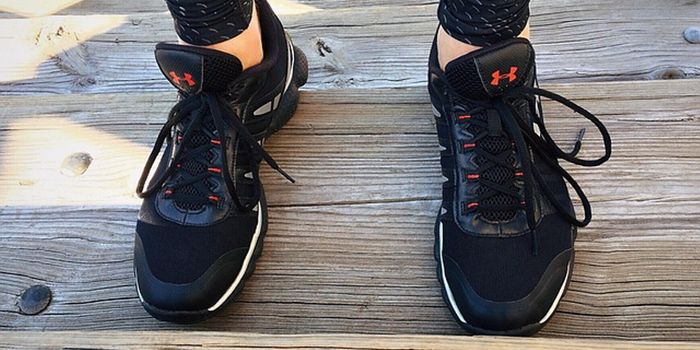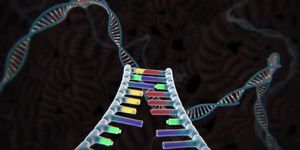In the case of a heart attack, stroke, or cardiac arrest, there’s no time to pause when seeking treatment. Minutes waiting for a 9-1-1 dispatcher to send EMT or a drive to the hospital can increase the risk of permanent damage from a loss of oxygen to the brain. A series of detailed evaluations of using technology to health patients in emergency situations are being completed by the American Heart Association. Could an iPhone app be the best tool for cardiovascular emergency care?

“Early recognition of the symptoms of cardiac arrest, heart attack, or stroke and quick action can make a huge difference in whether someone lives or dies,” said Raina Merchant, MD, MSHP, co-author of a scientific statement released by the American Heart Association (AHA) this week in
Circulation. The AHA is reviewing a variety of technology options for improving emergency care, including smart phone applications, social media, visual media, and crowdsourcing.
For example, one of the studies reviewed focused on developing a smart phone app that CPR-certified people could get on their phones. In the event of an emergency cardiac arrest nearby, they would be notified via the app so they could help someone in need. According to American CPR Training, an overwhelming majority (over 70 percent) of all cardiac emergencies occur when someone is nearby to help. If they don’t know how to administer CPR, having the mobile app at the ready could bring help faster than an ambulance.
The study found that 62 percent of CPR-certified people with the app were able to start CPR in an emergency, and only 48 percent of CPR-certified people without the app started CPR.
Another study reviewed by the AHA showed that sending pictures of 12-lead electrocardiograms (ECGs) to interventional cardiologist via smartphone rather than sending a fax saved a minute and a half of time spent making a diagnosis. 1.5 minutes may not seem long a long time, but it can make a significant difference in whether someone has serious complications after cardiac arrest, heart attack, or stroke.
Face Time, mobile apps, picture messaging – the possibilities are endless. Considering that cardiovascular disease is a leading cause of death worldwide, it might be tempting to want researchers to rush some of these technologies into application for emergency cardiac care. However, the AHA wants to first make sure they would truly be effective, especially considering some of the risks associated with implementing new technology-based interventions.
For example, the quick exchange of information that occurs during an emergency situation always has the potential to get lost in translation, and if digital tools were to provide inaccurate information for treatment, it could mean the difference between life and death. Additionally, there is a person’s health information privacy to consider.
While there are potential consequences that the AHA will have to take into consideration, it is definitely promising that the age of social media and smart phones could make a big difference in the survival and health of emergency cardiac situations.
Sources:
American Heart Association,
American CPR Training









